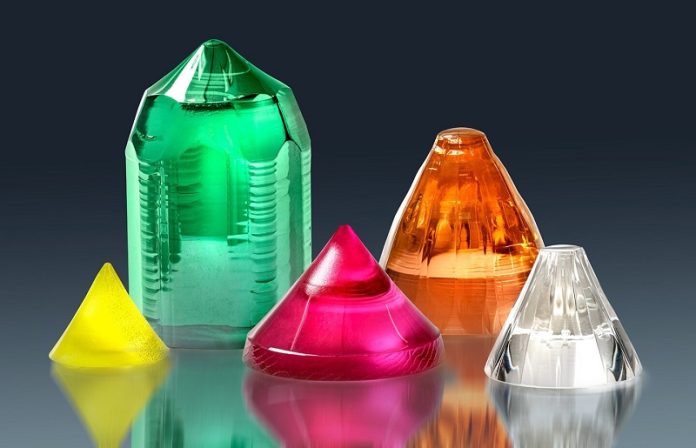
Germany is working on new laser materials to reduce its reliance on rare-earth elements, which are mostly imported from countries like China.
The need for action became clearer this April when China tightened its export rules, making it harder for Europe and the U.S. to access these critical materials.
This has especially affected the laser industry, which depends on rare-earth elements to make laser crystals and optical fibers used in high-tech and defense systems.
Even though these materials only cost a few hundred euros, they are essential for building laser systems worth hundreds of thousands of euros.
That’s why researchers in Germany are trying to develop better and more reliable laser materials locally.
Having access to these materials is not only important for the economy but also for national security, says Marc Eichhorn, director of the Fraunhofer Institute for Optronics, System Technologies and Image Exploitation (IOSB).
At the Fraunhofer IOSB sites in Ettlingen and Oberkochen, a team led by Christelle Kieleck is exploring new types of laser crystals and optical fibers. These materials play a central role in how lasers work.
Laser crystals store light energy and then release it as laser beams at specific wavelengths.
When the right crystal isn’t available, scientists can change the color (wavelength) of a laser beam using non-linear optical (NLO) materials. These materials can adjust the laser’s color by combining or splitting wavelengths.
This allows lasers to be used more safely and in more precise ways—such as for medical treatments, environmental monitoring, and defense technologies.
However, not all laser crystals are of the same quality. Many factors affect how well they work, including how much rare-earth material is used, how the crystals absorb light, how heat flows through them, and how they respond to polarized light.
Making high-quality crystals is a complex process that requires a lot of expertise and careful manual work. Crystals must be grown in special furnaces, then cut, polished, and coated before they can be used.
To make crystals more resistant to laser damage, researchers are testing different growing methods and have built a new lab setup to measure how much laser energy a crystal can handle. They then test the finished crystals in laser systems to see how they perform.
Alongside this, the team is also developing new types of laser fibers—especially ones that can work in short-wave and mid-infrared ranges. These fibers are used in everything from industrial cutting tools to laser surgery.
By creating these materials in Germany, researchers hope to give Europe more control over this important technology.
These innovations will be showcased at the LASER trade fair in Munich from June 24 to 27.



